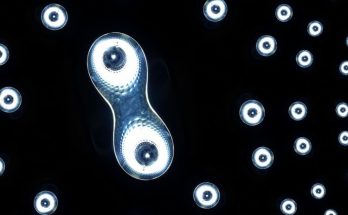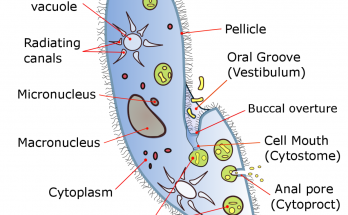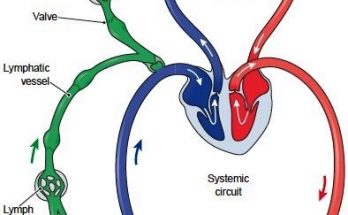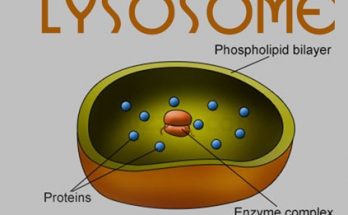
Binary Fission
Binary fission is a type of Asexual Reproduction in which a single organism divides into two equal parts, each carrying one copy of the Genetic Material. This process is commonly found in single-celled organisms such as bacteria, archaea and some protozoa. Binary fission allows these organisms to reproduce quickly and efficiently without the need for a mate or Sexual Reproduction.
Binary Fission Read More




